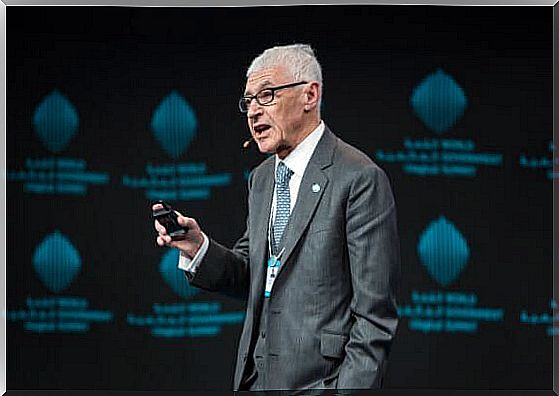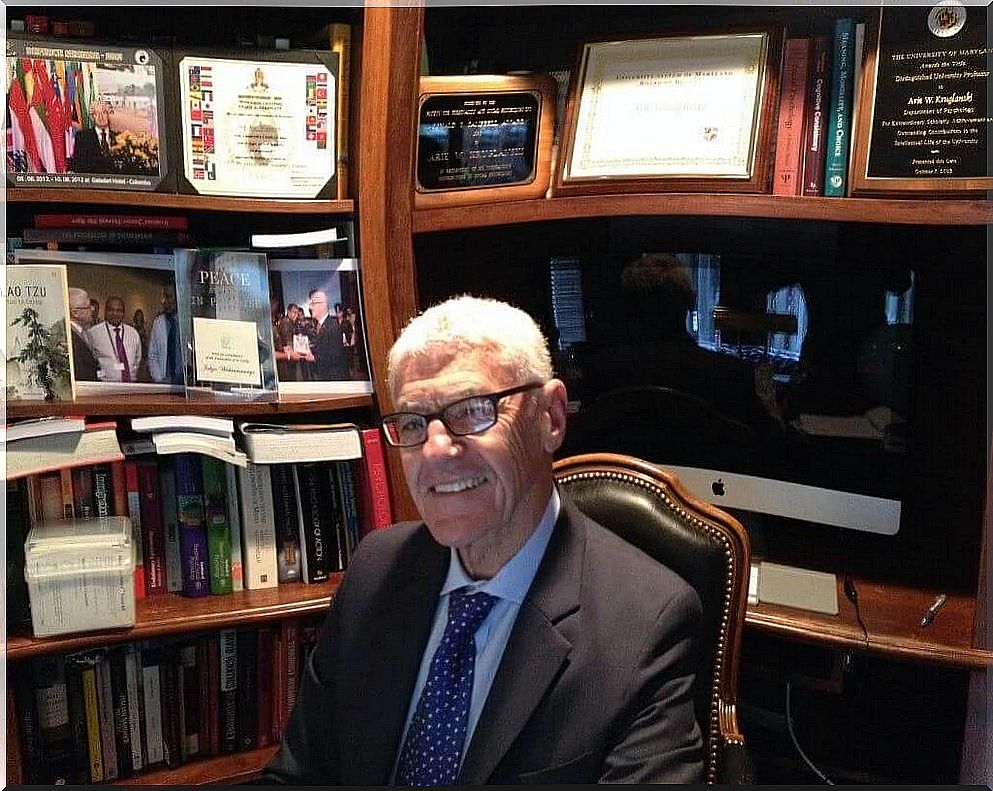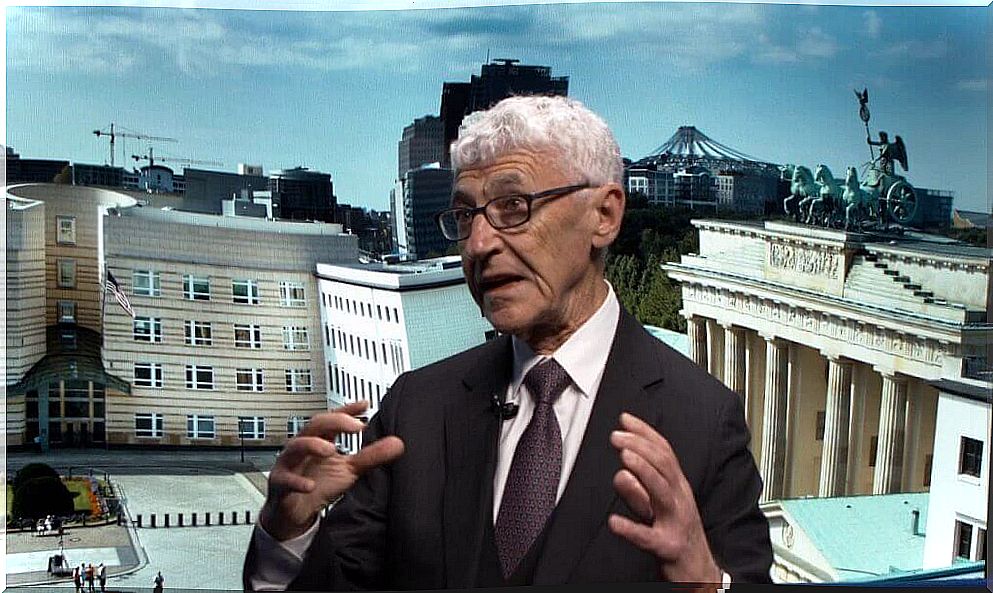Arie Kruglanski: Cognition, Motivation And Radicalization

Arie Kruglanski is a professor emeritus at the University of Maryland in the United States. Born in Poland, he spent most of his life in the North American country, where he contributed to the development of different and important theories.
Although he began by studying cognitive closure theories, he also made contributions to various fields, leaving his discoveries recorded in several articles and books.
Among Kruglanski’s contributions, the need for cognitive closure (NFC), motivational preparation and the search for meaning stand out. In each of these theories it is possible to observe the influence that one has on the others. Thus, the search for meaning theory, the last of its theories, intends to explain the terrorists’ motivations from its other previous theories.

Arie Kruglanski’s Need for Cognitive Closure
The need for cognitive closure developed by Kruglanski corresponds to the desire to give a quick answer to a question or question that has a confusing or ambiguous content. People have an incessant need to seek information. Thus, the need for closure would be what ends this search and helps us to form knowledge. Therefore, the need for closing would be necessary on a daily basis so that we are not constantly looking for information.
Those with a high need for closure quickly overcome uncertainty, making use of available clues. Through these clues, they draw conclusions that quickly become strong. That way, if the clues are wrong, the person may come to defend a wrong stance.
Since members of our groups are the greatest source of certainty and knowledge, they can offer us cognitive closure. In this way, these people end up showing us what the world is like, what should be done in each situation, who they are and why they are important.
Arie Kruglanski’s Motivational Preparation
According to Kruglanski, people have desires when they crave something. Desires that can be of any kind, material or symbolic, including mixed. Furthermore, on many occasions these desires arise under the influence of our surroundings or our closest beings. As a result, desires have two components: magnitude and content. Magnitude refers to how much we want something, and content to what we want in itself.
On the other hand, we also have an expectation about that desire. The estimated probability that this wish will be fulfilled. Thus, the expectation will depend on the experiences we have had and what others think. If our friends trust that we can achieve something, our expectations will be higher. In addition, other factors will influence expectation, such as optimism or cost.
As a result, the main thing is that a desire arises, even though desire and expectation are two aspects that will influence each other. Thus, the stronger the desire, the greater the expectations for its satisfaction. In the second case, the greater the expectations, the greater the desire. Then, when both are high, a goal arises and, therefore, the motivation to fulfill it.

Arie Kruglanski’s Search for Meaning
Another of the needs we usually have, according to Kruglanski, is the need to have meaning. That is, feeling that we are important, that we have a goal and some values that operate in the decisions we make. When we lose meaning or find an opportunity to gain it, then that’s where motivation is born. This motivation is the search for meaning, which leads us, as its name indicates, to search for meaning.
Once this motivation is awakened, we will look for the means to achieve the meaning. This can happen from different narratives or ideologies. If these narratives tell us that violence is the only possible means to make sense and our social network supports the use of violence, we will end up opting for violent extremism.
In other words, if our group supports violence and we are looking for meaning, we will possibly end up using violence. According to Kruglanski, this path is what terrorists follow.
As we have seen, Kruglanski is responsible for major contributions to psychology. More specifically, he focused on three fields: cognition, motivation and terrorism. His discoveries led him to new knowledge in different fields.
In this way, the theories of cognition and motivation that he developed were a step towards the development of other theories, which allows us today to understand how people become radicalized and end up joining terrorist organizations.









